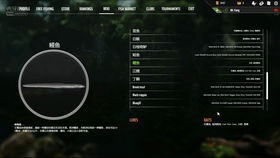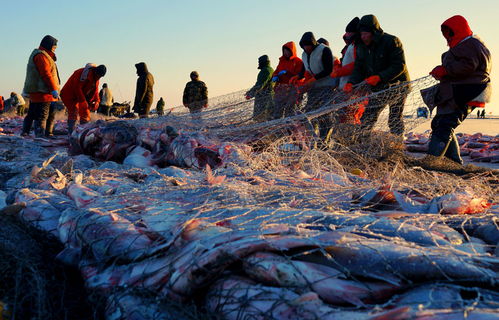Content:
Lure fishing has gained immense popularity among anglers worldwide due to its thrilling experience and the challenge it presents. Whether you are a beginner or an experienced angler, learning the proper techniques for lure fishing can greatly enhance your success rate. In this article, we will delve into some essential lure fishing techniques and provide you with a video guide to help you master the art of lure fishing.

Choosing the Right Lure
The first step in successful lure fishing is selecting the right lure for the specific fish you are targeting. Here are some popular lure types and their applications:
a. Spinnerbaits: These lures are effective for catching bass, panfish, and walleye. They feature a rotating blade that creates a vibration and noise, attracting fish.
b. Crankbaits: Crankbaits are versatile and can be used for a wide range of species, including bass, pike, and trout. They come in various depths and profiles, allowing you to fish different layers of the water column.
c. Jigs: Jigs are excellent for bass, walleye, and northern pike. They are versatile and can be used in various conditions, from still waters to heavy cover.
d. Topwater lures: These lures are designed to be fished on the surface, making them ideal for species like largemouth bass, northern pike, and saltwater species like tarpon and redfish.
Proper Presentation
Once you have selected the right lure, it's essential to learn how to present it effectively. Here are some key points to consider:
a. Speed: The speed at which you retrieve your lure can significantly impact your success. For species like bass, a slower retrieve can trigger strikes, while a faster retrieve might be more effective for species like pike.
b. Rhythm: Consistency is crucial in lure fishing. Find a rhythm that works for the specific situation and stick to it.
c. Action: Many lures have a natural action that you can enhance by adjusting your retrieve. For example, twitching a spinnerbait can make it look more lifelike.
Understanding Fish Behavior
To be successful at lure fishing, it's essential to understand the behavior of the fish you are targeting. Here are some tips:
a. Seasonal patterns: Fish often exhibit different behaviors throughout the year. Learn about the seasonal patterns of the species you are targeting to improve your chances.
b. Cover: Fish tend to congregate in areas with cover, such as weeds, rocks, and logs. Focus on these areas when searching for fish.
c. Current: If you are fishing in a river or stream, pay attention to the current's direction and strength. Fish may be holding in areas where the current is slower or provides them with food.
Equipment Selection
The right equipment can make a significant difference in your lure fishing experience. Here are some key equipment considerations:
a. Rod and reel: Choose a rod and reel combination that matches the species you are targeting and the type of lure you are using. For example, a fast-action rod is ideal for casting crankbaits, while a slower-action rod is better for topwater lures.
b. Line: Use the appropriate line strength and type for the species you are targeting. Monofilament is versatile and provides good flexibility, while fluorocarbon is more abrasion-resistant and less visible to fish.
c. Lure weight: Select a lure weight that allows you to cast it effectively and reach your desired target.
Video Guide
To help you visualize and understand the techniques mentioned above, we have prepared a video guide that covers essential lure fishing techniques. The video includes step-by-step instructions on choosing the right lure, proper presentation, and understanding fish behavior. You can watch the video below:
[Insert video link here]
In conclusion, mastering the art of lure fishing requires practice, patience, and a solid understanding of the techniques and equipment involved. By following the tips and video guide provided in this article, you'll be well on your way to becoming a skilled lure fisherman. Happy fishing!












